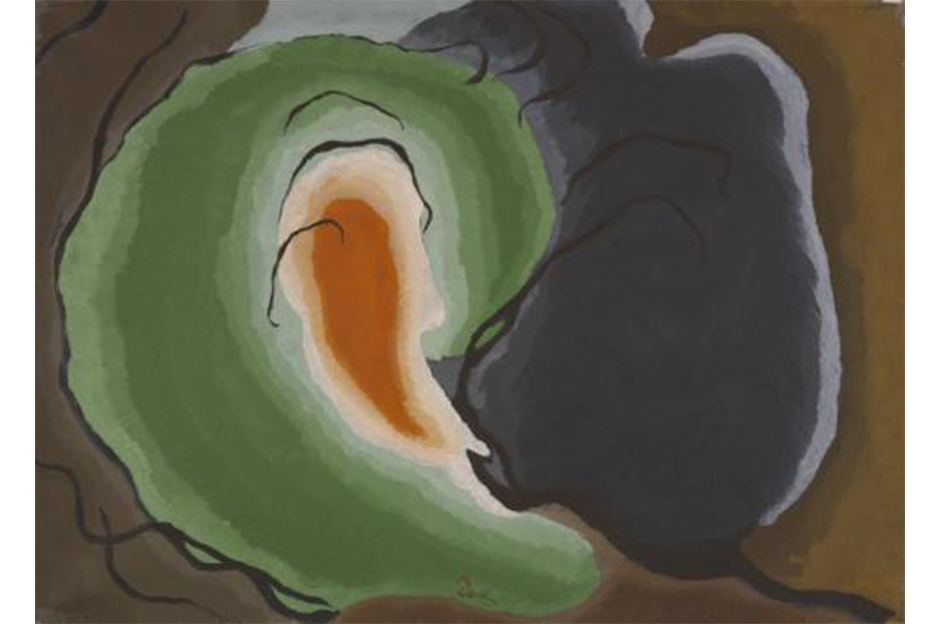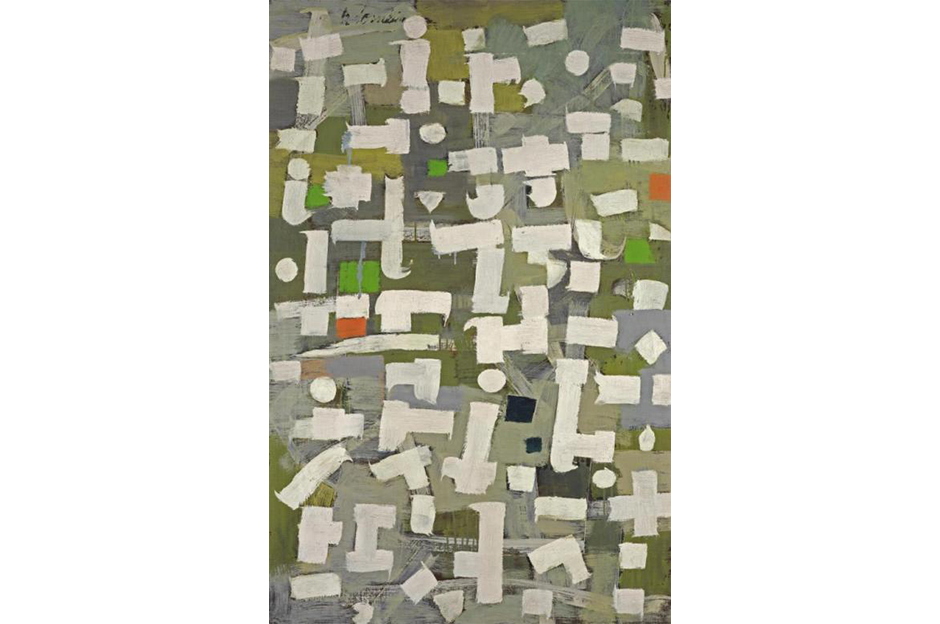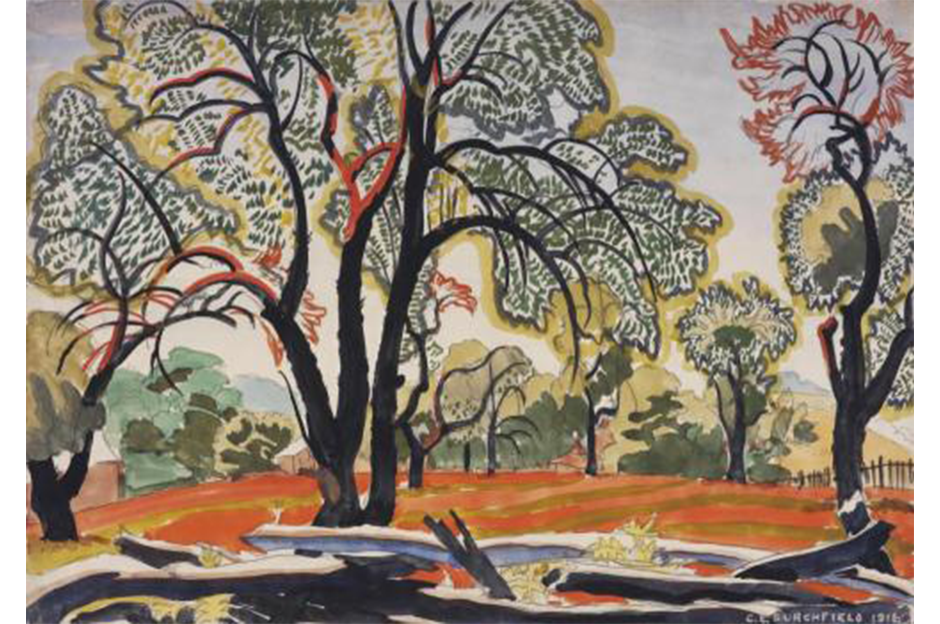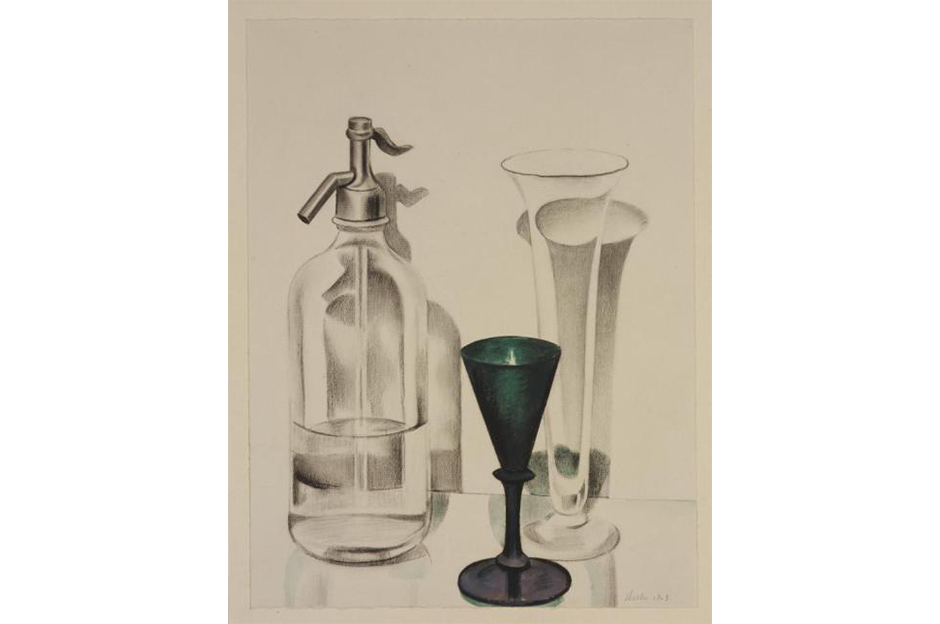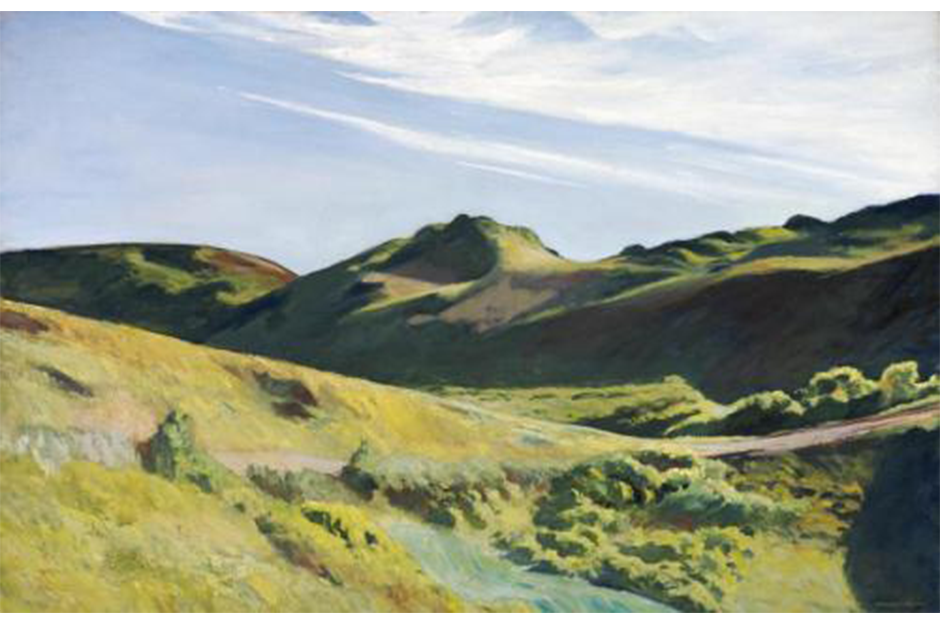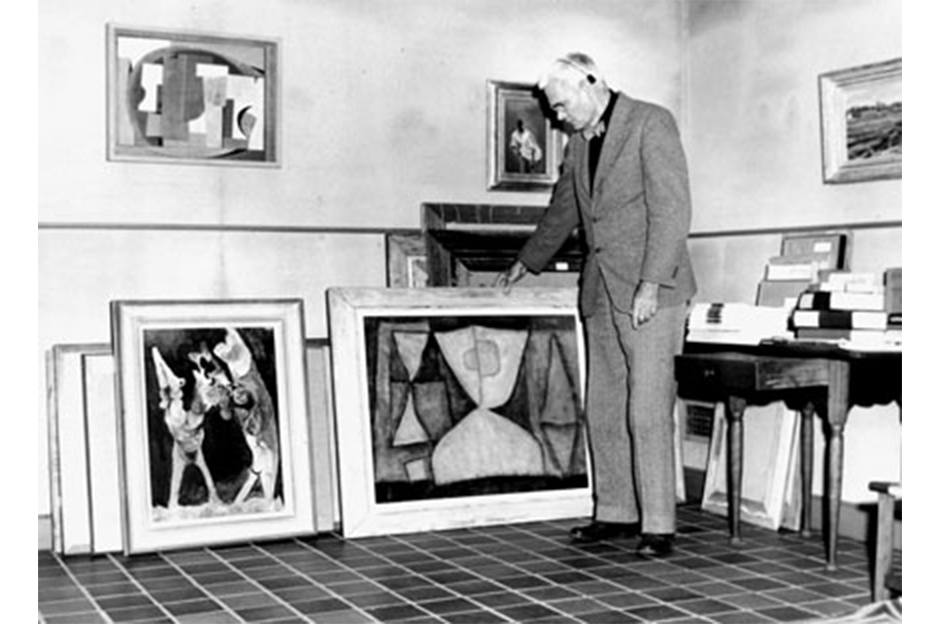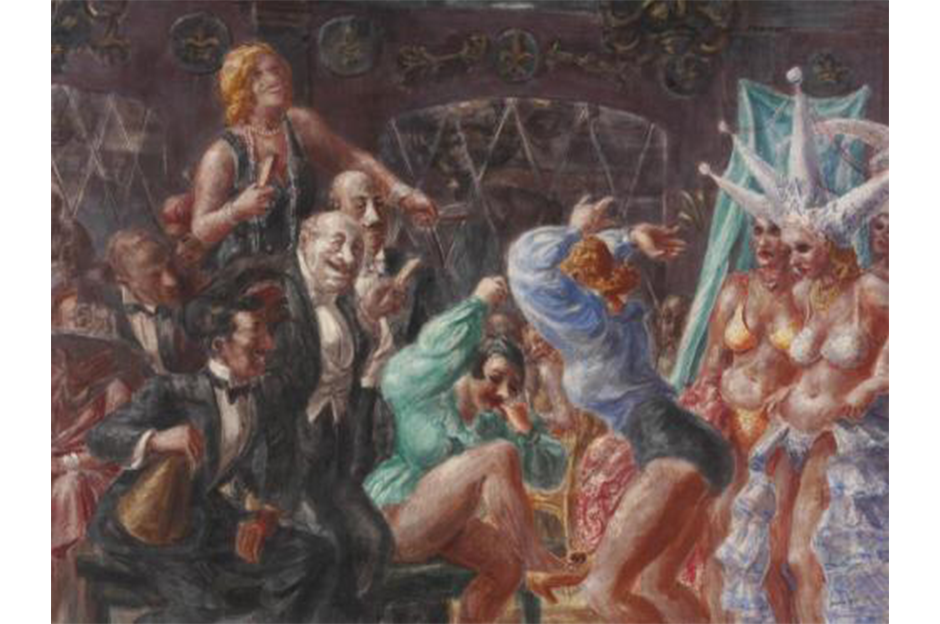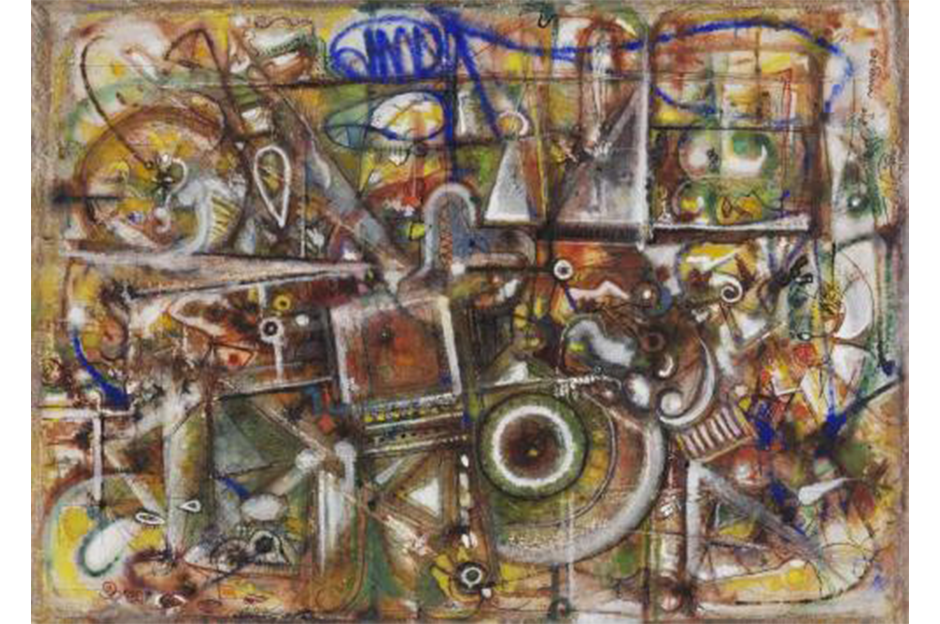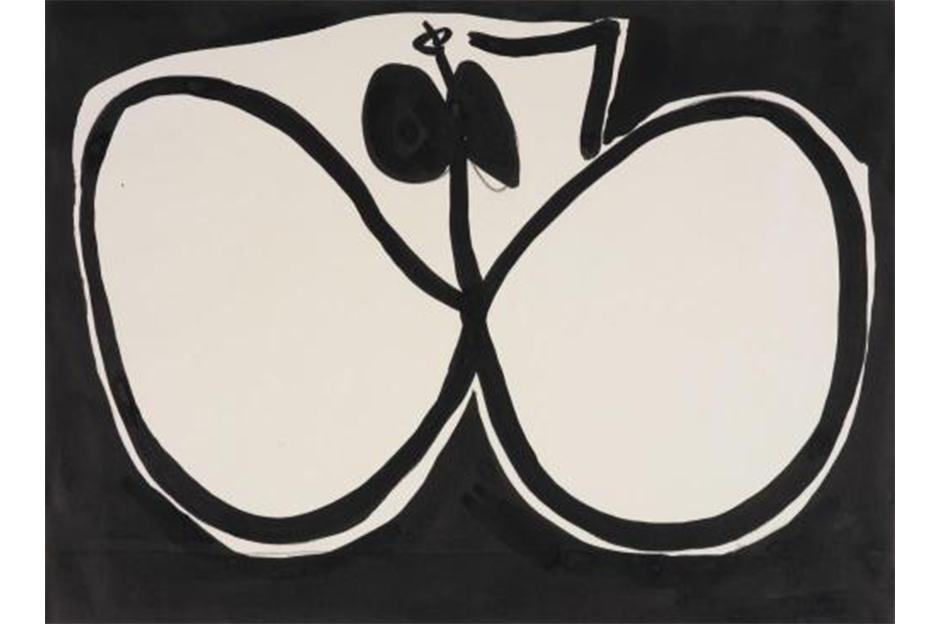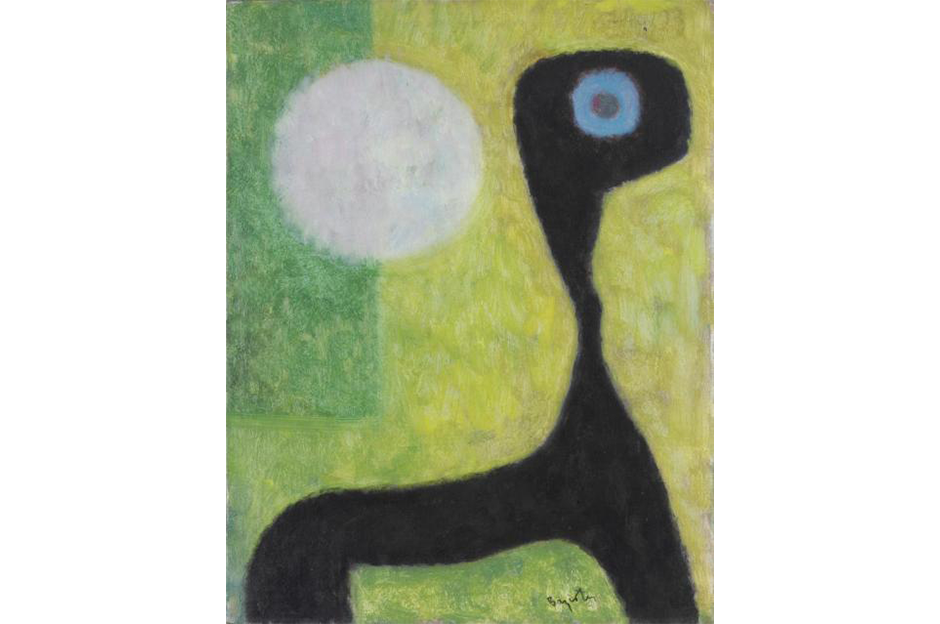Edward Root was one of the Munson-Williams-Proctor Arts Institute's greatest benefactors. Auspicious Vision: Edward Wales Root and American Modernism is a 50th-anniversary tribute to Root and to his 1957 bequest of art to the MWPAI. Few exhibitions in the Museum of Art's history equal the significance of this show.
Museum of Art Director and Chief Curator Paul D. Schweizer said the Root collection is a remarkable record of work by a broad range of leading American artists. "In the early 20th century Edward Wales Root was a pioneer in collecting contemporary American art," he said. "He supported young artists when very few others did who became the leading figures in the field."
Auspicious Vision showcases 227 paintings and works on paper that Root (1884-1956) acquired between the 1910s and 1950s. The exhibition occupies two floors of the Museum of Art galleries and will be accompanied by a scholarly catalog, the essayists for which are Mary E. Murray and Paul D. Schweizer, the exhibition's co-curators; curators; Michael D. Somple, MWPAI curatorial research assistant; and Suzanne Smeaton and Lisa Konigsberg, writing on 20th-century frame practices.
Edward Wales Root: Collector, Benefactor, Educator and Friend of American Artists
Edward Wales Root was one of Munson-Williams-Proctor Arts Institute's greatest benefactors. Auspicious Vision: Edward Wales Root and American Modernism, is a 50th-anniversary tribute to Root, a pioneering collector of modern American art, and his 1957 bequest. Few exhibitions in the Museum's history equal the significance of this show and its accompanying scholarly catalog.
The phrase "auspicious vision" was originally used in 1953 by Metropolitan Museum of Art curator Robert Beverly Hale (1901-85) to describe the acuity with which Root, over the course of five decades, assembled an important collection of modern American art. That year, the Metropolitan Museum displayed 134 works from Root's holdings; it was the first private collection of contemporary art ever exhibited at that institution.
In 1957 Root bequeathed 227 works, dating from 1902 to 1953, by 80 American artists, to the Munson-Williams-Proctor Arts Institute. Because he kept current with the contemporary art of his lifetime, his collection is a valuable record of the artists who emerged during the "American Century." Root's bequest was one of the most important donations of American modernist art in its time. It brought national attention to the Museum and profoundly influenced its subsequent collecting activity, its exhibition program, and the Board of Trustees' decision to commission architect Philip Johnson (1906-2005) to design his first art museum, which opened to international acclaim in 1960.
Edward Root's family lived in central New York state since the early 19th century. In 1920, after sojourns in New York City and Washington, D.C., Root and his wife, Grace Cogswell Root (1891-1975), moved into his family's ancestral home in Clinton, N.Y. Root was enchanted by the area's surrounding countryside: "It is a country to be born in," he wrote, "to live in; to die in; to arouse indeterminable desires and bestow sensuous delight, the proper nursery for the poet, the artist and the man of thought."
In 1944-45 Root lectured on pictorial criticism at the museum using his own pictures. In 1949, the MWPAI Board of Trustees appointed him Consultant in Art, a position he retained for the remainder of his life. Many of the important American and European paintings the Museum acquired in the 1950s were purchased in consultation with Root to complement the artworks he planned to bequeath. The international renown the Museum's collection today enjoys is in no small measure due to Root's generosity and sound advice.
In 2001, to commemorate his dedication and generosity, the Board of Trustees designated the Museums largest and most elegant gallery the Edward Wales Root Sculpture Court. With this landmark exhibition Munson-Williams-Proctor Arts Institute once again honors, with gratitude and pride, the memory of this extraordinary citizen of central New York state who championed the newest trends in American art for nearly 50 years; a man whose legacy profoundly influenced this institution, and whose collection, five decades after Root donated it, is a vivid demonstration of his conviction that a work of art can delight and inspire us.
Two companion exhibitions are held concurrently: "The Best Kind of Life": Edward W. Root as Teacher, Collector and Naturalist at the Emerson Gallery, Hamilton College, in Clinton, New York, where Root taught art appreciation between 1920-40, and Branches of Root's Bequest: Edward Wales Root's Other Gifts in the Otto Meyer Galleries of the MWPAI Museum of Art.
Lead corporate sponsor
M&T Bank
Support is also provided by
The Community Foundation of Herkimer and Oneida Counties, Inc.
New York State Council on the Arts
New York Council for the Humanities, a state affiliate of the National Endowment for the Humanities
The F.X. Matt II Memorial Fund: A donor-advised fund of The Community Foundation of Herkimer and Oneida Counties, Inc.
The Observer-Dispatch
Brodock Press
New York Council for the Humanities Disclaimer
Any views, findings, conclusions, or recommendations expressed on this website do not necessarily represent those of the National Endowment for the Humanities.
 (item is no longer available due to being past exhibition)
(item is no longer available due to being past exhibition)
 (item is no longer available due to being past exhibition)
(item is no longer available due to being past exhibition)


